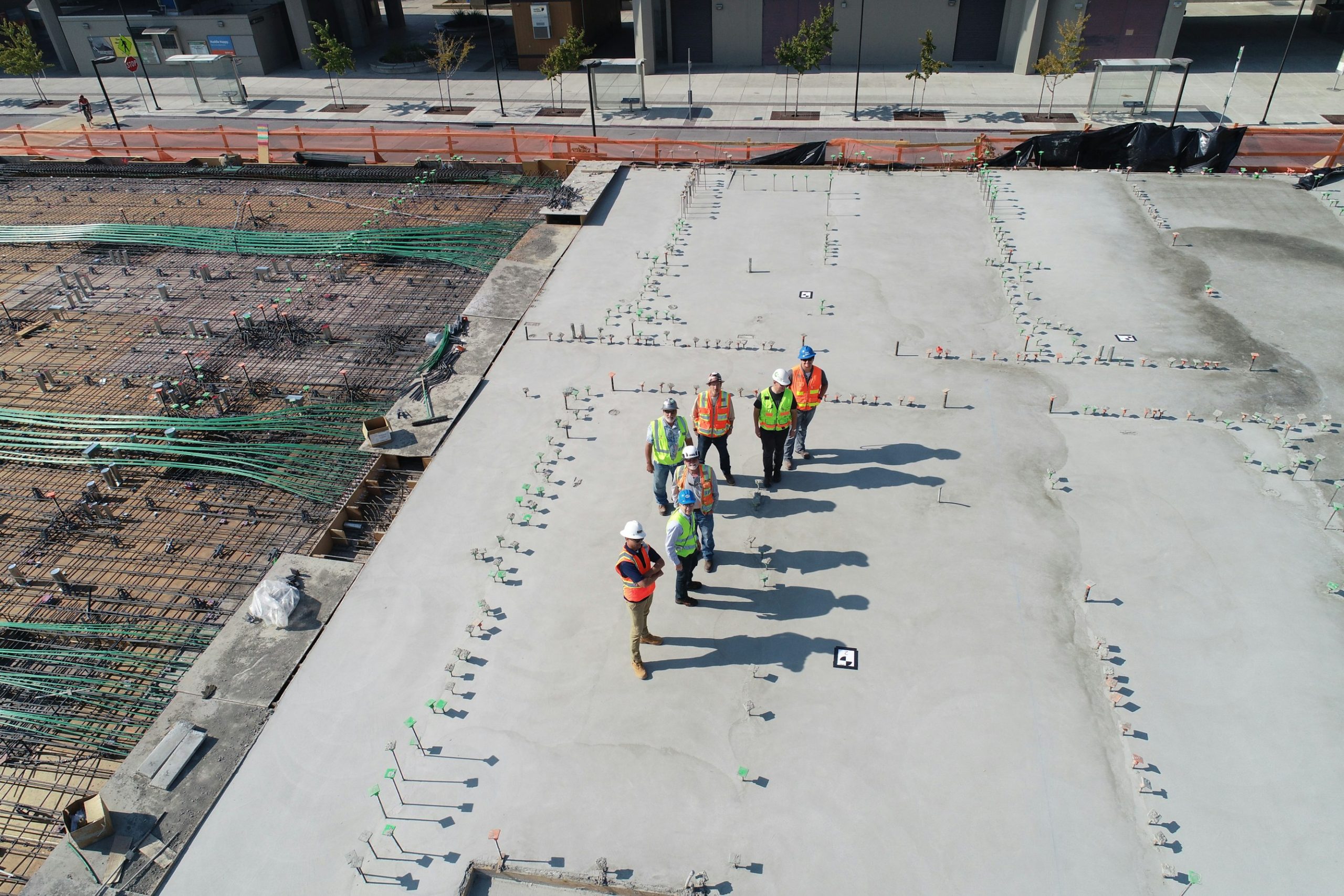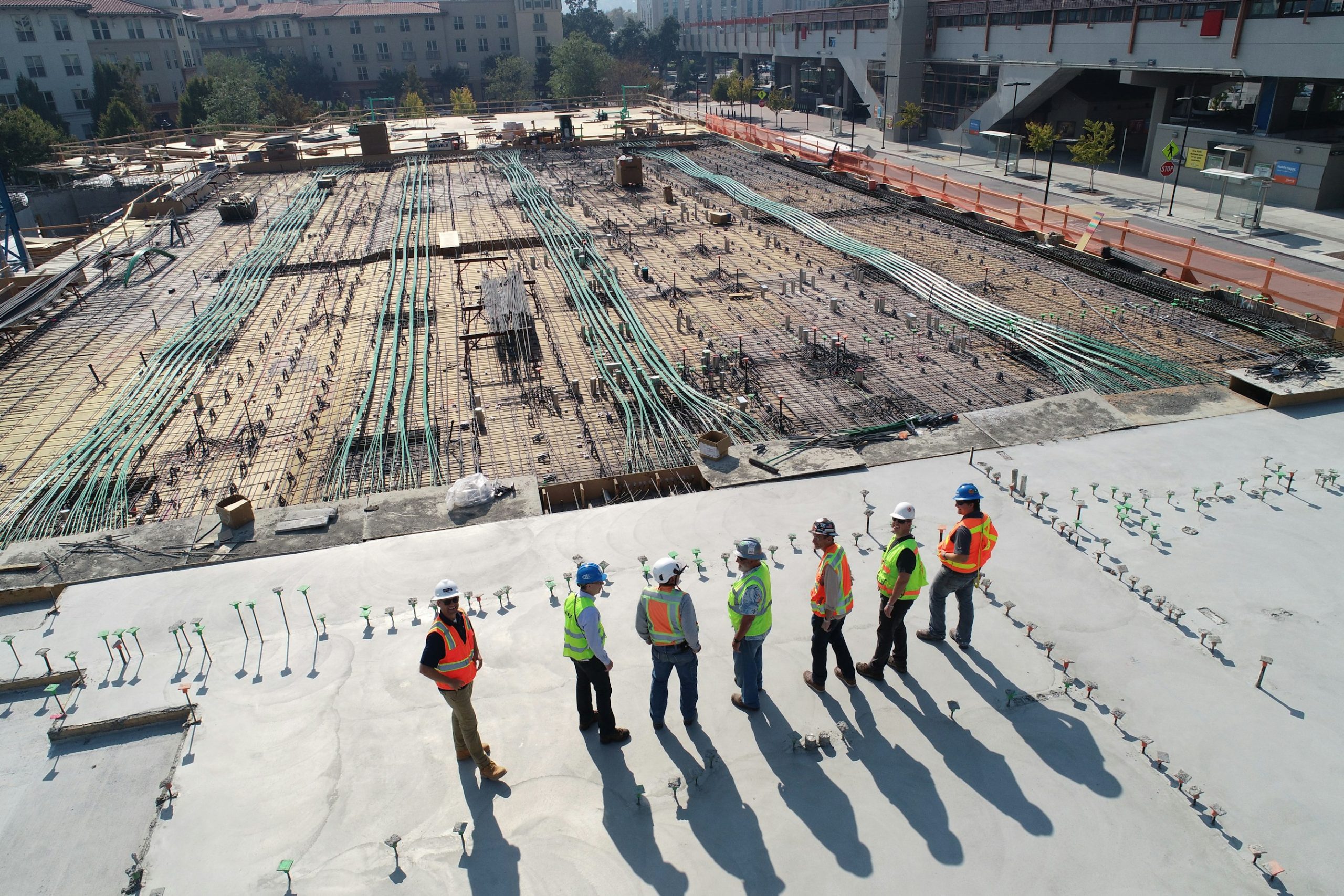Procurement Logs: The Often-Ignored Source of Budget Overruns
Introduction
Procurement logs, while often overlooked, can be a significant source of budget overruns in various industries, including construction. Understanding the critical role these logs play in the procurement process is essential for anyone engaged in project management. Here’s a detailed look at why procurement logs are crucial and how they can contribute to budget overruns if not managed properly.
Causes of Budget Overruns in Procurement Logs
Poor Cost Estimation and Planning
One of the primary causes of budget overruns in procurement logs stems from poor cost estimation and planning. Inaccurate cost estimates and a lack of detailed planning can lead to substantial financial shortfalls. If procurement budgets are based on guesswork rather than historical data and real project metrics, expenses can quickly spiral out of control. Additionally, failure to include contingency funds leaves no buffer for unexpected expenses, further exacerbating budget overruns.
Lack of Visibility and Accountability
Effective procurement log management requires comprehensive visibility and accountability. Without a system to enhance these elements, internal teams may engage in maverick buying, leading to overspending. There may also be misalignment between procurement and finance teams, resulting in missed savings opportunities and budget overruns. Establishing a centralized procurement document management system can aid in maintaining clarity and control over financial resources.
Scope Changes and Vendor Issues
Changes to project scope can significantly impact the procurement budget. If scope changes are not managed properly, they can lead to additional costs and delays that negatively affect project timelines and overall budget compliance. Clear communication and contractual agreements with vendors are essential to prevent unexpected costs and delays. Moreover, maintaining accurate vendor cost and expense tracking is crucial; manual tracking of vendor expenses often leads to overlooked costs, forgotten vendor payments, and undercharging clients for pass-through costs.
Market and Supply Chain Disruptions
Market fluctuations, demand changes, and supply chain disruptions can also lead to increased spending beyond the designated budget. Keeping abreast of market trends and establishing solid supplier relationships can aid procurement managers in navigating these challenges more effectively.
Key Steps to Prevent Budget Overruns in Procurement
Assess and Analyze Needs
The first step in preventing budget overruns is to thoroughly assess and analyze both present and future needs of the business. Identifying the goods and services required, along with analyzing past spending data and trends, can facilitate informed forecasts and realistic budget setting.
Set Clear and Detailed Budgets
Creating a realistic budget involves accurate cost estimation based on historical data, along with comprehensive project requirements. It is imperative to include materials, labor, equipment, and contingency funds to cover unexpected costs, all of which are vital components of effective construction financial management.
Involve Stakeholders and Align Budgets
Involving stakeholders from various teams ensures alignment with broader business goals. Their input will help set well-rounded budgets enriched with insights from different perspectives, ultimately resulting in a more cohesive project plan.
Use Real-Time Cost Tracking Software
To maintain financial integrity throughout the project lifecycle, leveraging procurement technology to gain real-time visibility into spend is paramount. Using construction financial tracking software or other relevant jobsite management tools allows teams to monitor expenses in real-time, comparing performance against allocated budgets efficiently.
Monitor and Control Spending
Regularly comparing actual costs with planned costs helps in spot-checking financial risks before they escalate. Conducting periodic budget reviews ensures necessary adjustments can be made promptly to keep projects on track.
Optimize Resource Allocation and Vendor Management
Effective resource allocation is essential for preventing waste and delays. Assigning the right people, equipment, and materials to various tasks can optimize productivity. Also, implementing purchase order systems helps centralize vendor documents while tracking expenditures, ensuring clear spending limits are set upfront.
Best Practices and Emerging Innovations
Advanced Procurement Software
Utilizing advanced procurement software simplifies the budgeting process, tracks expenditure alongside key performance indicators, and offers guided buying features. With the rapid advances in AI-driven construction management, integrating advanced tools can significantly enhance procurement efficacy.
Real-Time Dashboards and Alerts
Using real-time dashboards enables project managers to spot and address scope changes, vendor cost overruns, and other financial risks proactively. These dashboards can provide instant alerts when costs approach or exceed budgeted amounts, ensuring that timely decisions are made to keep projects within budget.
Contingency Funds and Risk Management
Always incorporating a contingency fund (10-20%) to cover unexpected costs is a hallmark of astute financial management. Coupled with a robust risk management plan, businesses can identify potential financial risks early and deploy strategies to mitigate them before they lead to significant overruns.
How Zepth Can Help
Real-Time Visibility and Tracking
Zepth’s construction management solutions provide real-time visibility into procurement spending, enabling teams to track expenses and compare performance with allocated budgets. With tools designed for precise project tracking, any deviations from the budget can be identified and addressed promptly.
Integrated Procurement Management
Zepth’s platform integrates procurement processes with other construction management elements, ensuring that all stakeholders stay aligned and budgets are maintained effectively. Resources for setting clear budgets, monitoring expenses, and managing scope changes streamline the procurement journey.
Advanced Analytics and Forecasting
With Zepth’s advanced analytics capabilities, managing and forecasting procurement spend becomes more accurate. By analyzing historical and current expenditure, teams can uncover opportunities for cost optimization and make informed decisions to avert budget overruns.
By implementing these strategies and leveraging tools offered by Zepth, businesses can significantly reduce budget overruns associated with procurement logs, ensuring more efficient and cost-effective project management. Explore more about Zepth’s construction management solutions for optimized financial and risk management today!



